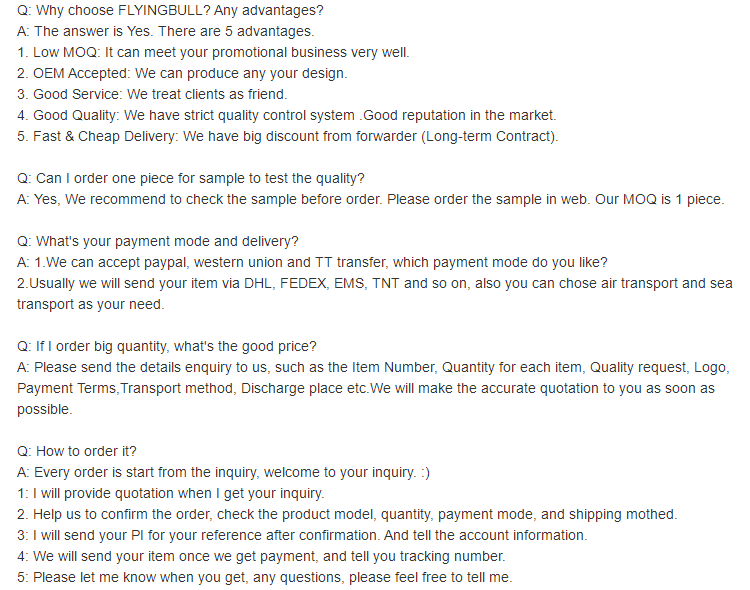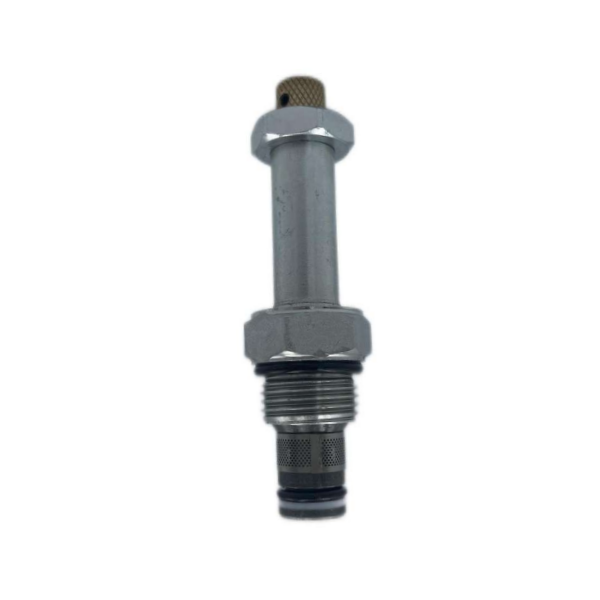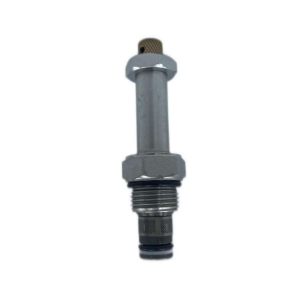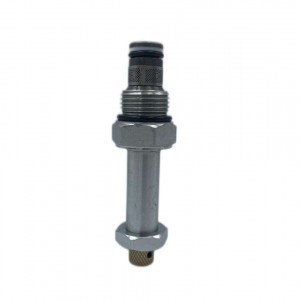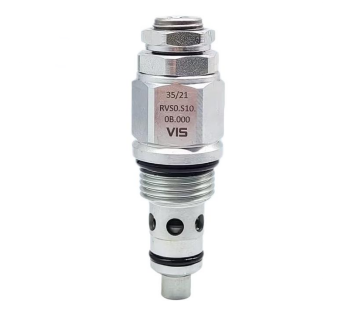Normally open hydraulic system reversing solenoid valve SV-08
Product introduction
Item:value
Condition:New
Applicable Industries:Machinery Repair Shops, Manufacturing Plant
Video outgoing-inspection:Provided
Structure:Control
Marketing Type:Hot Product 2019
Place of Origin:China Zhejiang
Brand Name:FLYING BULL
Warranty:1 Year
Power:Hydraulic
Points for attention
The components that are easy to generate noise in hydraulic devices are generally considered as pumps and valves, and the valves are mainly overflow valves and electromagnetic directional valves. There are many factors that produce noise. There are two kinds of noise of overflow valve: velocity sound and mechanical sound. The noise in velocity sound is mainly caused by oil vibration, cavitation and hydraulic impact. Mechanical noise is mainly caused by the impact and friction of parts in the valve.
(1) Noise caused by uneven pressure
The pilot valve part of the pilot relief valve is an easy-to-vibrate part as shown in Figure 3. When overflowing under high pressure, the axial opening of the pilot valve is very small, only 0.003 ~ 0.006 cm. The flow area is very small, and the flow velocity is very high, which can reach 200m/s, which easily causes uneven pressure distribution, unbalanced radial force of the cone valve and vibration. In addition, the ellipticity caused by the machining of the cone valve and the cone valve seat, the dirt sticking of the pilot valve port and the deformation of the pressure regulating spring will also cause the vibration of the cone valve. Therefore, it is generally considered that the pilot valve is the vibration source of noise.
Because of the existence of elastic element (spring) and moving mass (cone valve), it constitutes a condition for oscillation, and the front cavity of the pilot valve acts as a resonant cavity, so the vibration of the cone valve is easy to cause the resonance of the whole valve and make noise, which is usually accompanied by severe pressure jump.
Product specification

Company details







Company advantage
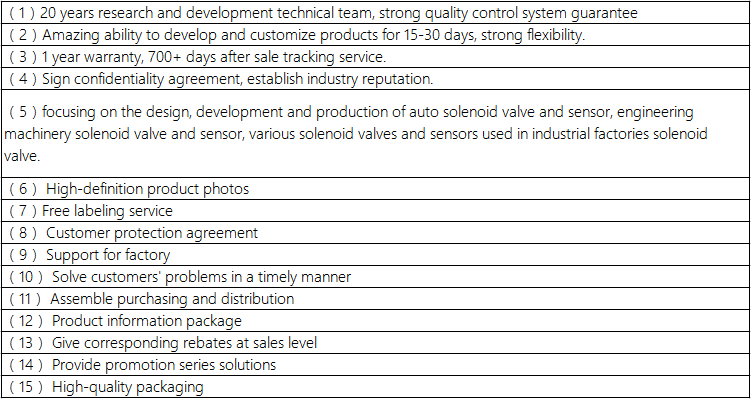
Transportation

FAQ
